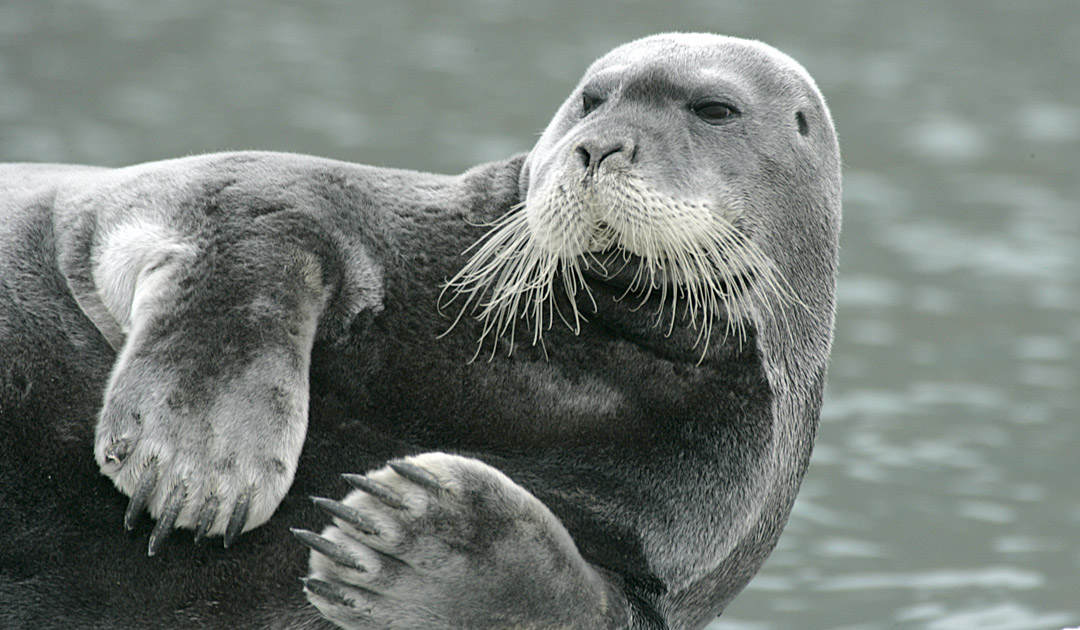
Temperatures on the Norwegian archipelago of Svalbard, about halfway between the mainland and the North Pole, reached a record high of 21.7 degrees Celsius on Saturday, 25.07.2020.

“In Longyearbyen, a 41-year-old record was broken. Between 17:00 and 18:00 the temperature was 21.7 degrees Celsius, 0.4 degrees above the previous record of July 16, 1979,” the Meteorological Institute reported on Twitter. The heatwave is expected to continue into Monday. The Svalbard archipelago would normally expect temperatures of 5-8 degrees Celsius at this time of year. The region has experienced temperatures five degrees above the norm since January.
Longyearbyen, the main settlement on Svalbard, home to more than 2,000 people, is about 1,300 kilometres from the North Pole. Originally a mining town, Longyearbyen is now mainly driven by tourism and research. With 78.13 degrees north latitude, Longyearbyen claims to be the northernmost permanently inhabited city in the world. There are settlements further north, but none that functions as a regular city, and certainly none that has an airport with regular scheduled flights.

The Arctic is warming faster than other regions of the world. Svalbard and the surrounding Barents Sea experience the fastest temperature rise in the Arctic, along with the highest rate of sea ice loss.
The Norwegian Center for Climate Studies said last February that average temperatures in Svalbard had risen between three and five degrees Celsius since the early 1970s and could rise by a total of 10 degrees Celsius by 2100 if global greenhouse gas emissions continue to increase. Rising temperatures would defrost the frozen ground under many buildings, roads and airports, making them unusable.
The warming climate also threatens Arctic wildlife, such as polar bears and seals, which depend on sea ice.
Heiner Kubny, PolarJournal





